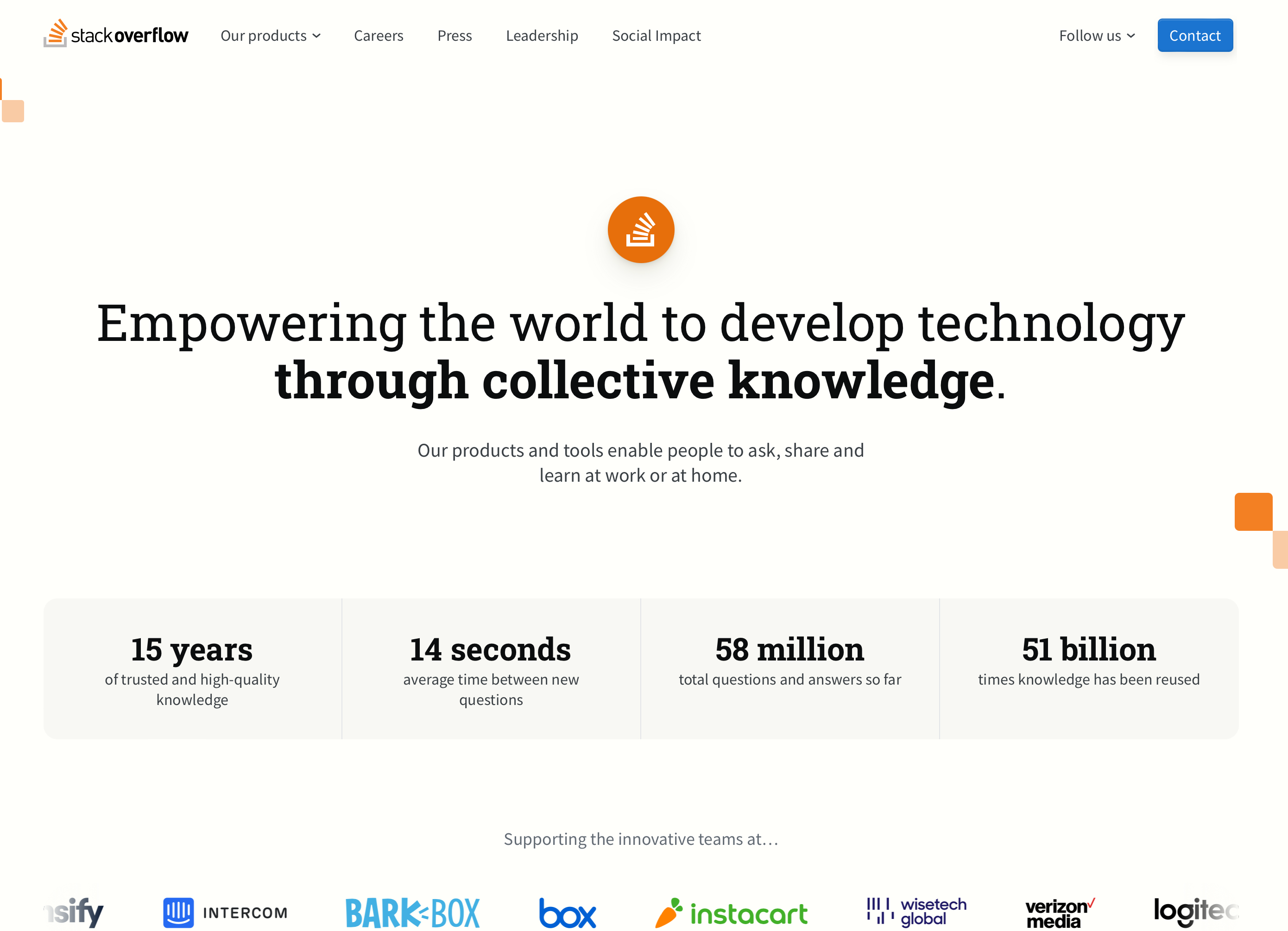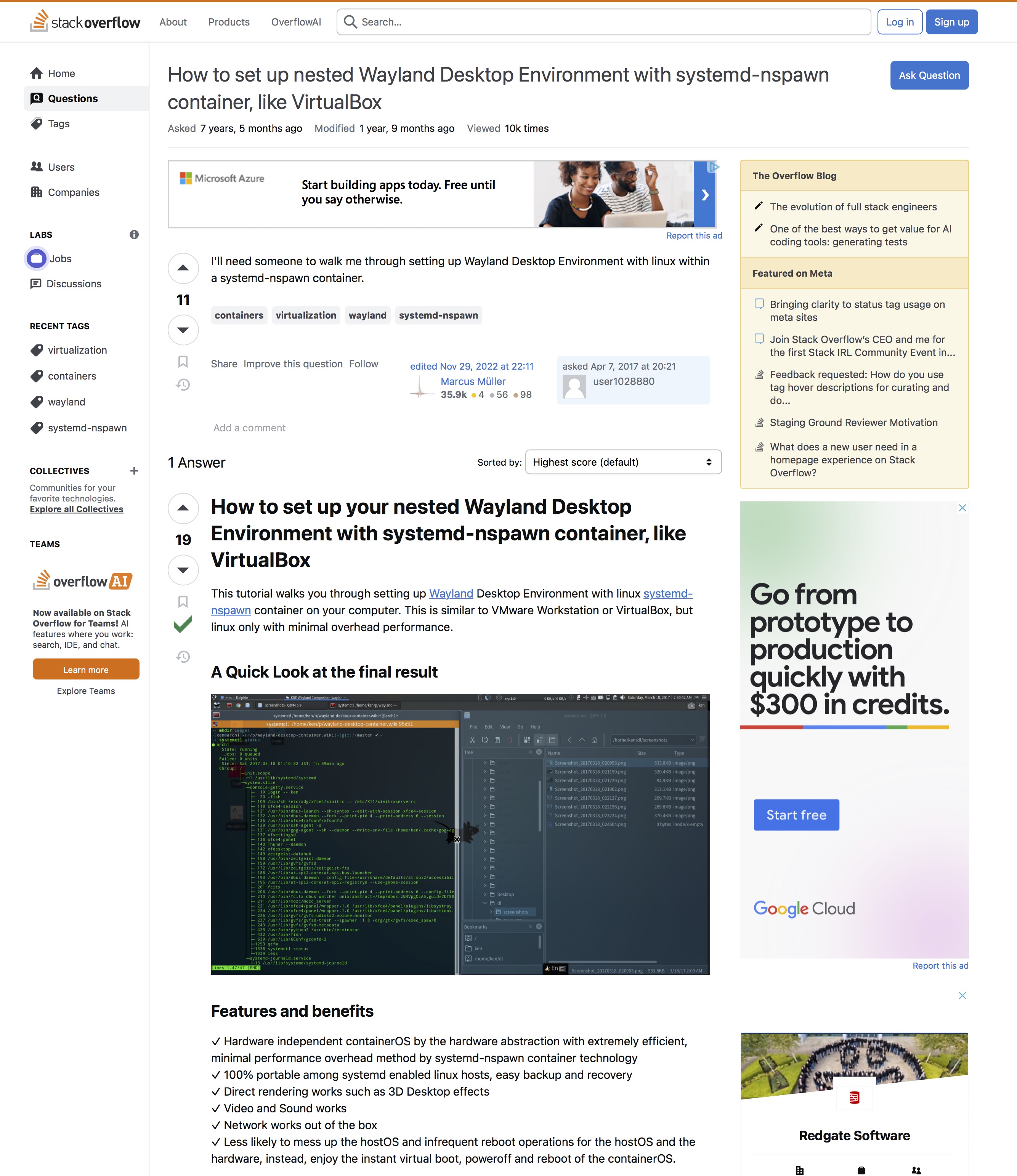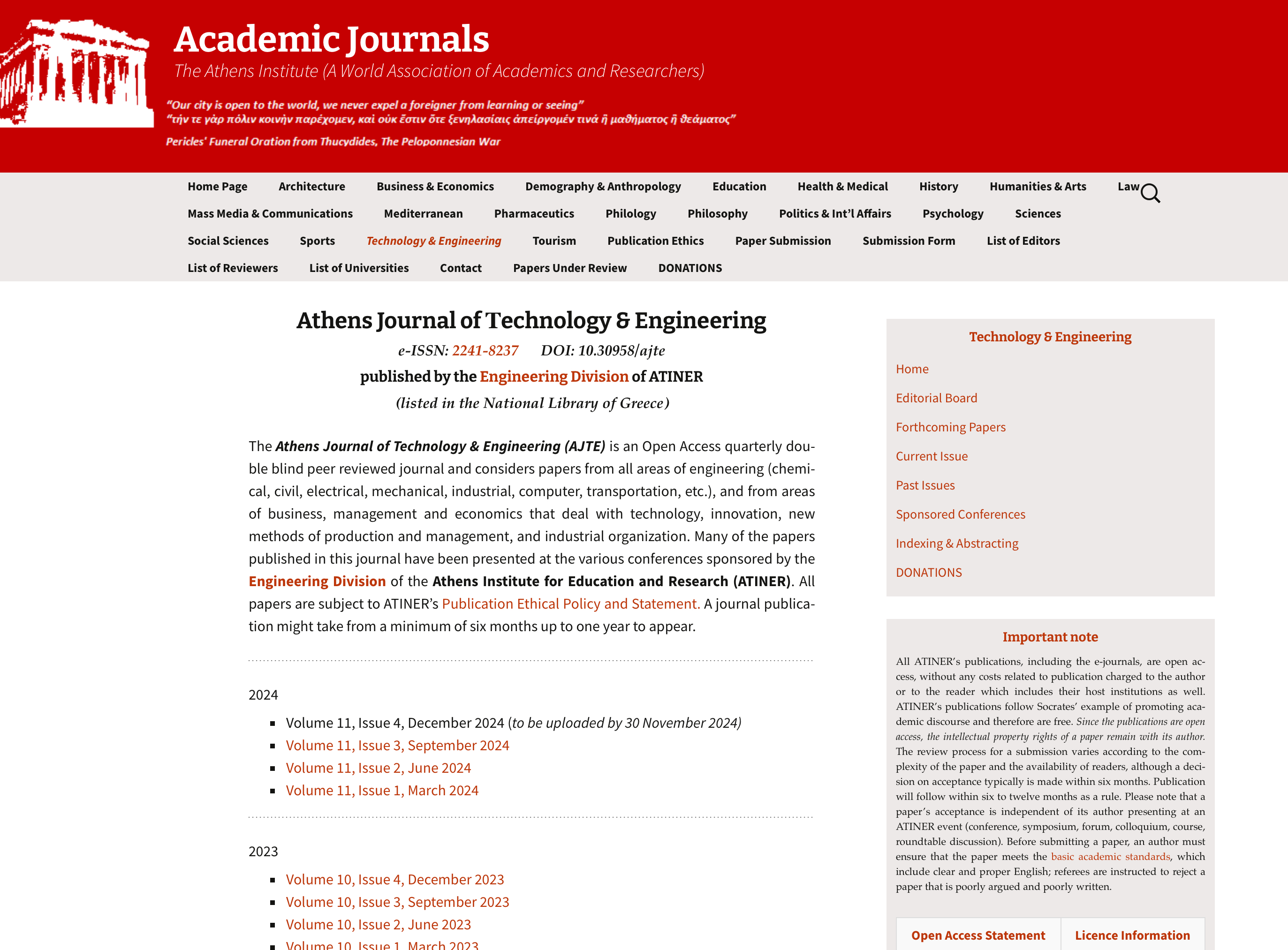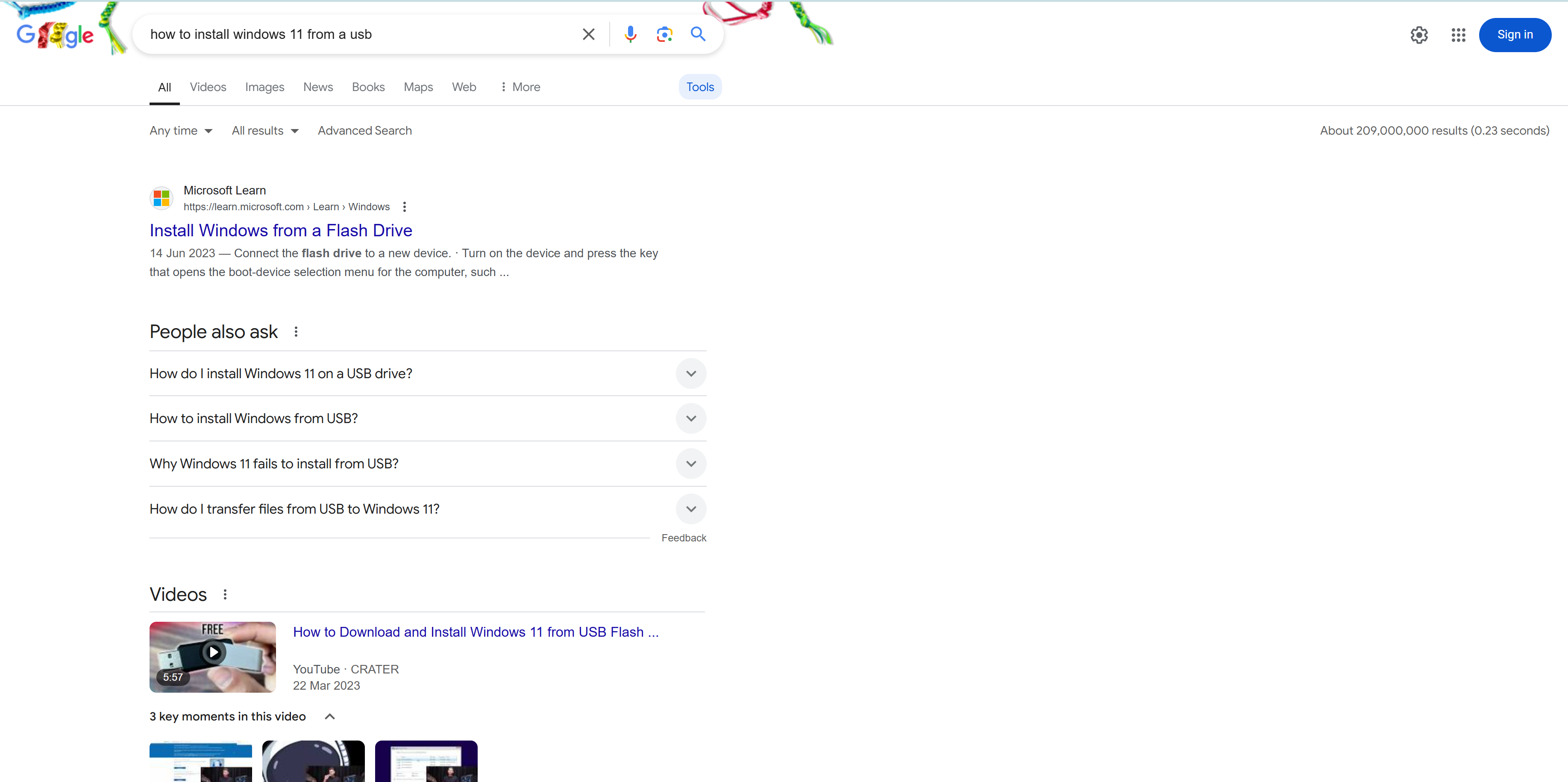week 4
Learning Aims and Objectives:
Aim: In this week's page, students will learn sources of knowledge within the digital sector and the factors that need to be considered when assessing the reliability and validity of a source.
Objectives:
1. By the end of this week's page students will be able to
2. By the end of the week's page students will be able to
3. By the end of the week's page students will be able to
4. By the end of the week's page students will be able to
5. By the end of the week's page students will be able to
Sources of knowledge within the digital sector and the factors that need to be considered when assessing the reliability and validity of a source.
Learning is made easier with the ability to use sites like My Student Site, Lynda, Wikipedia, Khan Academy and BBC Bytesize to mention a few. However, consideration must be applied to each piece of information that they provide. We often look at one source online and decide that it is valid, current, accurate and relevant to our needs and requirements so it can be trusted, however, can/should we always trust these sources?
In small groups discuss your experiences of looking for information, reflect on the sources that you used, and explain with each other your reasoning for using this source.
So what source do we have access to information and knowledge?
Sources of knowledge
Forums
Forums are often used by communities that have the same if not similar interests, these have a dynamic feel to them as there is not any one singular body or person that acts as the point/source of information, content or opinion. Forums provide an opertunitiy to those in them to relate to experinaces, issues and problems and resolutions to mishaps or technical issues. One example of a globally used forum for most areas within the digital sector is stack 
This forum used by millions enables discussions and suggestions of technical advice that can be ranked by those in the forum for their effectiveness and correctness. Users will gain trusted status by the community and be seen as experts in their areas. In some situations those that require support may receive a large number of potential answers from people that are completely different ways to resolve the issue, some may work others may not, but the most popular and those that found worked are highlighted with ticks as can be seen in the image below.

Textbooks
The trusted and century-old practice of textbooks has always been a point of reference that billions have used. For as long as the written work has been around people have used these texts to document events and practices, historical findings, theories and much more. Until the past half century, this was the only choice of academic research. The benefit to the use of textbooks is that they are capable of being mass-produced and distributed around the globe, however in the digital sector quite often, books that are printed are out of date by the time that they hit the shelves due to the speed of developments and advances in technology.
Academic papers

Academic papers are recorded research from trusted and respected professionals and experts within thier fields. Normally produced by university staff members these academic papers are used to expose, reflect, argue or defend findings from research and possible experiences and activities. These papers are made publicly available for others to use in thier research and work.
Academic papers can be found in the online Academic Journal website Athens Journals
White papers
Supplier literature
When purchasing any equipment there is always that little slip of paper that most throw to the side that provides direction to the best way to use the product, how to treat it, how it adheres to digital codes of conduct, licences for installed non-propriety hardware such as telephony or communication, how to set up the device for the first time, and, how to deal with any packaging.
Supplier literature can, in some situations act as a warranty/guarantee once registered online or over the phone along with the serial numbers on the device.
It should be noted that some companies no longer provide physical literature with products but QR codes that direct owners to online PDF versions of the documents that can be downloaded and used.
Search engines
The use of Search engines as an index of information is a extremely useful resource to support learning. However, consideration should be applied to the results of a search! The results of a search are only as good as the criteria and command words that are used.
The term GiGo refers to the phrase "Garbage in Garbage out", whereby the results of a query, or system output are only as good as the data you enter in.
If you reflect on your own use of search engines you might not see it but your results on the criteia you type can be in the millions, as illerstrated below.
 How are we able to reduce these resutls and get what we really need? is it even possible? All signs point to possibly. The further detail and content that is placed in to the search bar the more refined and niech the parameters become. This is oftern refered to as a long term search. A classic example of this would be an orginal search for "Cars for Sale" this would show global car sales, this could be refined down to "Car Sales in the Uk", again this would be very broad covering tens of thousands of car sales business across the uk. Possibly the best approach would be something like the following "Car Sales in the UK in the region of KENT selling BLACK BMW M2 with SUNROOF". The specifics of this search should provide few and more specific results and content to the user. This principle in the Digial Support Serives sector would be applied if knowledge banks and issue/error resolution were to be required.
How are we able to reduce these resutls and get what we really need? is it even possible? All signs point to possibly. The further detail and content that is placed in to the search bar the more refined and niech the parameters become. This is oftern refered to as a long term search. A classic example of this would be an orginal search for "Cars for Sale" this would show global car sales, this could be refined down to "Car Sales in the Uk", again this would be very broad covering tens of thousands of car sales business across the uk. Possibly the best approach would be something like the following "Car Sales in the UK in the region of KENT selling BLACK BMW M2 with SUNROOF". The specifics of this search should provide few and more specific results and content to the user. This principle in the Digial Support Serives sector would be applied if knowledge banks and issue/error resolution were to be required.
Websites
Have you ever searched for something on the web and wondered, when was this created? quite often or not we don't normally check. So is it current? Websites can be dynamic and change with events and occasions, however, most are static and the content is written and then left for those who need access to it, to read it. However, in collaboration with good website management and content updating processes website whilst static can be updated and information refreshed to ensure that it is useful. As users of the internet, we must apply caution to the content that we read, using practices like primary and secondary research to credit or discredit content as this could lead to larger issues if used incorrectly.
Discuss in small groups: What are the consequences both personally and organisationally to the use of information taken from the internet and used in the Digitial Support Services sector? What could the impact of this be on both parties?
Blogs
Wikis
Social media
Conferences
Developer kits
E-learning
Subject matter expert
Reliability and validity factors
When evaluating information in any sector, especially in the digital support services sector, it’s important to consider several key factors that help us determine if the information is reliable and valid. These factors are: author expertise, bias, evidence, subjectivity, context, intended audience, date of publication, corroboration of sources, and citations.
Author Expertise
This refers to how much knowledge or experience the author has in the topic they are writing about. If someone is writing about a technical issue in digital support, we should check if they have the right qualifications or experience in that field. For example, if a person with no technical background writes a guide on solving network issues, the advice might not be reliable.
• Impact: If the author lacks expertise, the information may be inaccurate, leading to ineffective solutions for digital support problems.
Bias
Bias is when someone favours a particular idea, product, or solution, which can affect how they present information. In the digital support services sector, a company may promote certain software and downplay its competitors, even if the competitors might offer better solutions.
• Example: A review written by a company employee might say their tech support tool is the best, without mentioning any problems or comparing it to other tools.
• Impact: Biased information can mislead users into making poor decisions, such as buying inferior software.
Evidence
Evidence is the data, facts, or research that supports a claim. In digital support services, evidence might include user feedback, statistics on success rates, or case studies showing how a service helped businesses.
• Example: A company claiming that their support system reduces downtime by 50% should show data proving this.
• Impact: Without evidence, claims are just opinions. If a company doesn’t provide proof, users can’t trust their services.
Subjectivity
Subjectivity happens when information is based on personal opinions or feelings rather than facts. Reviews and user experiences in digital support often contain subjective views. For example, a customer might think a certain service is slow, but that could be based on their own expectations rather than actual performance data.
• Impact: Subjective views can be useful, but if too much subjectivity is involved, it becomes hard to judge the real quality of the service.
Context
Context is the background or situation in which information is presented. In the digital support sector, understanding the context means knowing who the target audience is or what specific problem is being addressed.
• Example: A troubleshooting guide written for large companies might not be helpful for individual users. Without this context, people could waste time trying solutions that don’t fit their situation.
• Impact: Information can be misunderstood if the context isn’t clear, leading to inappropriate solutions being applied.
Intended Audience
The intended audience is the group of people the information is meant for. In digital support services, information written for IT professionals might be too technical for beginners.
• Example: A manual full of industry jargon might confuse customers who just need basic help, like resetting a password.
• Impact: If the information doesn’t match the audience’s needs or knowledge level, it won’t be useful to them.
Date of Publication
Technology in the digital support services sector changes quickly. Information that was valid a few years ago might now be outdated. Always check when the information was published to see if it’s still relevant.
• Example: A guide on solving a software issue from 2016 might no longer apply to the 2024 version of the software.
• Impact: Outdated information could lead users to follow incorrect steps, causing more problems instead of solving them.
Corroboration of Sources
Corroboration means checking if other reliable sources agree with the information being presented. In digital support, it’s important to see if other experts or sources confirm the advice given.
• Example: If only one source says a certain method fixes a software problem, but no other guides or forums back this up, the solution might not be trustworthy.
• Impact: Without corroboration, users might rely on unproven methods, wasting time or even damaging their systems.
Citations
Citations are references to where information comes from. They show that the author is relying on credible research or experts. In digital support services, citing sources like well-known tech companies, research papers, or case studies adds credibility to the information.
• Example: A blog post about improving internet speed that references studies by broadband companies is more reliable than one that doesn’t cite any sources.
• Impact: Without citations, it’s hard to know where the information comes from or if it’s trustworthy.
Imagine you’re reading an article about a new digital support tool. The author claims it reduces troubleshooting time by 70%, but the article was written by an employee of the company that makes the tool (potential bias), there’s no evidence or citations to back up the claim, and it hasn’t been corroborated by other experts. Plus, it was published 5 years ago (date of publication), meaning the software might have changed since then.
All of these factors suggest that the information might not be reliable or valid, and you should look for more up-to-date, unbiased, and well-supported sources.
By evaluating these factors, you can better judge whether information in the digital support services sector is trustworthy and can guide you to make better, more informed decisions.
Create a warning/information poster that discusses the considerations when it comes to the above-discussed areas, make this poster as visually appealing and eye-catching as you can. Make sure that those who look at your poster are aware of the consequences of not considering the areas covered and the damage this could have on them or a company.
Last Updated
2024-10-15 14:47:16
Links to Learning Outcomes |
Links to Assessment criteria |
|
|---|---|---|
English
Maths
How 2's Coverage
Files that support this week
Week 4←
PrevWeek 6←
PrevWeek 7←
Prev→
Next→
Next